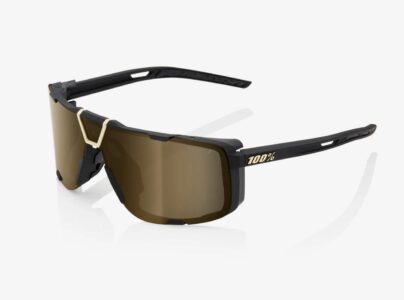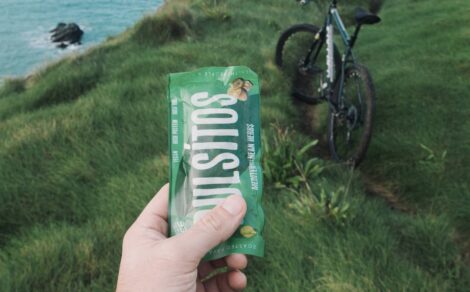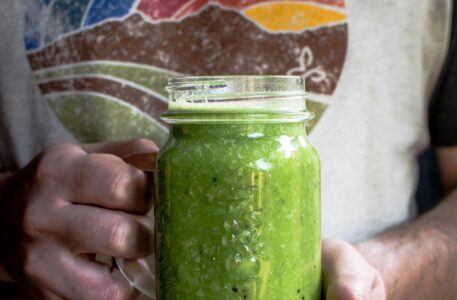
Photo by Nathanaël Desmeules
Do you have enough energy to support your daily activities and mountain bike rides? Are you recovering optimally, or do you feel tired all the time? Energy Availability is the amount of energy left over for your body’s functions after energy used for training is subtracted from energy from food.
How is energy availability calculated?
How is energy availability calculated? Energy availability is expressed in a calculation as calories per kilogram of fat free mass.
Food Energy Intake – Exercise Energy Expenditure = Energy Availability
Ideally, we get all the energy we need from food to keep us well fueled and feeling good. However, sometimes we negatively affect our energy availability. We do this by increasing our training and not eating enough to support it. For example, we might skip meals and snacks as we rush through our days. Or, we might intentionally not eat enough because we’re trying to lose weight.
Are you suffering from low energy availability?
Look out for these symptoms:
- Anemia
- Frequently get sick
- Repeated stress fractures or injuries
- Depression
- Increased anxiety/irritable
- Disordered eating thoughts
- Unable to gain muscle/strength
- Training harder with no improvement in performance
- Females: Absent/irregular periods
- Males: Low testosterone
- Excessive fatigue
- Gastrointestinal problems
- Unintentional weight loss
- Low vitamin D, B12, and folate
How do you make sure you fuel your body well?
First, if you’re concerned you might have low energy availability, consult a registered dietician.
Athletes generally need 3 meals and 2-3 snacks a day. Feel like 2-3 snacks are too much? Make them smaller. Try to eat every 4 hours. If you get hungry sooner, eat. People often ignore hunger because they don’t think they deserve to eat. For example, because they didn’t reach their step goal. Keep in mind smartwatches can be very inaccurate for steps, calories burned, etc.
Athletes often undereat on rest days because they think they’re burning calories. But remember: if you under-fuel on rest days, your recovery won’t be optimal. Also, avoid high-fiber, low-calorie diets, like always eating large salads and obsessing over “healthy eating” (see article on Orthorexia Nervosa).
If you’re trying to lose weight, be careful. Slow and steady loss is ideal, not more than ½ lb per week. Eat plenty of protein foods. Cut back on fat but make sure to include some at each meal. Use less salad dressing and avoid fried food. Remember to enjoy these occasionally, though. Include healthy fats like avocado and peanut butter, but be mindful of portion sizes. For example, eat ¼ avocado rather than ½ avocado. Also, remember: calories in don’t equal calories out. Other factors affect metabolism, like sleep, stress, and genetics. If you under-fuel to lose weight, your metabolism can slow down. On the other hand, you might gain weight as your body then tries to conserve energy.
20-30% of the energy we consume fuels our brains. If you under-fuel, it will affect your mood. You might be suffering from low energy availability if you’re feeling irritable, cranky, and stressed all the time. If that’s the case, I highly recommend consulting a registered dietitian.
Emily Werner
Emily is a Sports Dietitian who is passionate about helping others improve their health and athletic performance through proper nutrition. She races cyclocross professionally. She lives in Roanoke, VA with her husband Kerry and their beagle Sherman.
Get the email for busy mountain bikers.
Discover the best products + gear, and learn about deals from brands you love.






